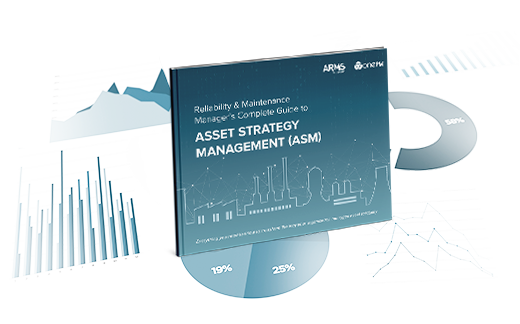When it comes to defining new reliability strategies, there can be confusion and even heated debate about whether it’s best to standardize using content libraries or adopt a custom approach.
We explain why the ideal approach lies somewhere in the middle, and also share how standardization becomes more important when it comes to grouping tasks.
Reliability resources are limited and so when it comes to reviewing, defining or optimizing reliability strategies, libraries or templates can deliver important efficiencies. The only problem is that the content of libraries or templates is generic and must be modified for specific assets.
As an example, someone may argue that “a conveyor is a conveyor, is a conveyor” and while it is true that most will have similar components, there will be variations and also operational context differences. These variations need to be accounted for in the organization’s reliability strategies. So, changes are made, and typically the new content becomes disconnected from the library content and any future efficiency is lost.
Libraries and templates as building blocks
What’s required to mitigate this problem is a digitally connected dataset, with generic content used as the building blocks. Modifications should then be allowed at a local level to represent specific assets and operating context. In Asset Strategy Management (ASM) these are referred to as “baseline strategies” and “local variations”.
When this is done, it is also important that customizations are only allowed when they add value to the strategy. For example, a change in failure rate, duration or task interval could be considered a legitimate customization. A change to the way a task description is worded would be considered an unproductive change.
The benefit of all this? One baseline strategy is maintained for all instances of an asset type. Local variations are allowed based on specific asset requirements, but at any point in the future, a global change to the baseline can be pushed, instantaneously, across an entire asset base.
Local variations made by a particular site or team can also be reviewed and incorporated into the baseline strategy for deployment on all like components – driving a learning, evolving, intelligent reliability strategy that continually improves across all assets.
Tackling task grouping
Once your reliability strategies have been defined, they need to be grouped into maintenance plans and task lists or operations. If this grouping is done manually the outputs are based on the individuals completing the grouping exercise. This then leads to inconsistently structured Master Data, particularly across different areas or sites when the grouping is done by different resources. In fact, even using the same resource can result in inconsistencies as they modify their grouping philosophy for different requirements.
Technology can help to standardize the approach to task grouping using rules to dictate how a list of tasks on given assets are grouped into the agreed Master Data structure.
While there is some investment in time to determine and implement the rules, once complete, each task grouping exercise can be programmatically executed so that compliant, consistent Master Data can be generated with the click of a button.
This rule-based task grouping can fundamentally change the way maintenance is managed and allow for easier comparisons across site and rapid updating of Master Data in the future.


